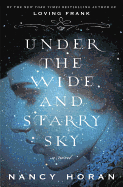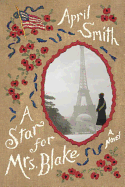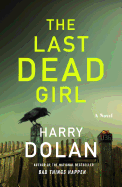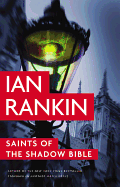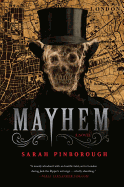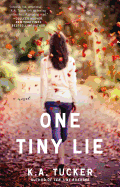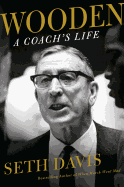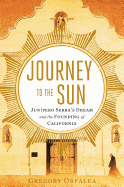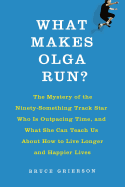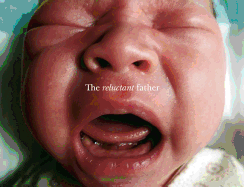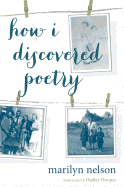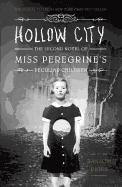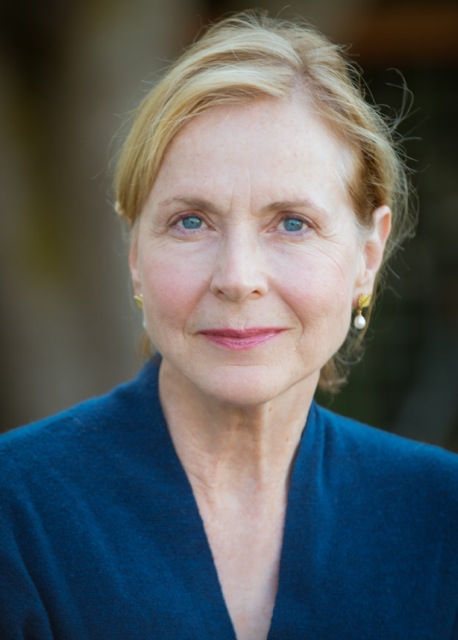 |
| photo: Kevin Horan |
Nancy Horan is the author of Loving Frank, a novel about Mamah Borthwick Cheney and her relationship with American architect Frank Lloyd Wright. For that novel, her first, Horan was awarded the James Fenimore Cooper Prize for Best Historical Fiction by the Society of American Historians in 2009. Her much-anticipated second novel, Under the Wide and Starry Sky (see our review below), was just published; it tells the story of Scottish writer Robert Louis Stevenson and his feisty American wife, Fanny Van de Grift Osbourne.
What drew you to the story of Louis and Fanny?
While I was visiting Monterey, California, I learned that Robert Louis Stevenson had lived there for a few months in 1879. I was curious about how this Scottish author found his way to California and for what reason. What I discovered is that he had fallen in love with Fanny in France and followed her to California to convince her to marry him. She was older than he and not sure about taking on the stigma of divorce--and he wasn't a great prospect. He was 29, suffered from a chronic lung disease, had almost no money and was not yet well-known. (His father kept him on a very short financial leash because he was disappointed that Stevenson wasn't practicing law, but instead wanted to write.) Fanny, true to form, decided to marry him--eventually--and their adventure began. Their married life was definitely what books are made of: filled with great happiness, difficulty, illness, almost constant travel, interesting and famous people and the quest for financial stability. What interested me was the complexity of their relationship: it was beautiful, complicated and at times aggravating to both of them.
What do you think made Fanny finally acquiesce to Louis's interest in her and come to love him?
Louis, too, had an intrepid spirit--trapped in a not-intrepid body. This appealed to Fanny. Also, everyone who knew Louis talked about how kind he was. Fanny needed that after her first husband's bad behavior. It was risky but she believed in him. It's also possible that there was a vestige of maternal affection which benefited Louis. Fanny had lost her young son, Hervey. Louis was frail and weak; maybe she could save him and have some sense of redemption.
In both of your books, you have mastered the art of bringing these people we know only by reputation to life on the page. How did you get to know them so well?
When I research, I always use primary sources, in addition to reading biographies and other materials. Stevenson, although he was often confined to bed, wrote 13 novels, dozens of stories and essays, travel books and poetry. In keeping with the times, he was a prolific letter writer--eight volumes worth--all of them very funny, brilliant and perceptive. I also read all of Fanny's unpublished letters, visited places in California where they spent time and stayed in Louis's boyhood home in Edinburgh, which is now a B&B. Louis's father was a lighthouse designer, from a long line of them. Fanny teased him about being a famous engineer with substandard toilet facilities, so he built a very posh bathroom adjoining his bedroom. I also visited the hotel in France where Fanny and Louis met, and their home in Hyeres.
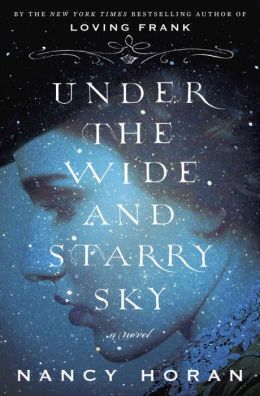 It should be mentioned that, given Fanny's background, her age, and that she was American and had children, she was not an immediate hit with Louis's father, but her charm and personality won him over completely and he was known to say that Louis should not publish anything that Fanny did not approve.
It should be mentioned that, given Fanny's background, her age, and that she was American and had children, she was not an immediate hit with Louis's father, but her charm and personality won him over completely and he was known to say that Louis should not publish anything that Fanny did not approve.
Getting the approval of Louis's friends was another matter. It has been said that she was Louis's Yoko Ono--she came along and broke up the old gang. His best friend, Henley, was a particularly hard case. He had contempt for American culture and ended up bad-mouthing Louis and Fanny.
While they were always short of money, they traveled the world with an entourage. How did they manage?
Their entourage was even larger than what is mentioned in the book. Louis was making money from his writing. The Strange Case of Dr. Jekyll and Mr. Hyde was a financial success immediately. Several productions for stage were mounted across England and Scotland.
Fanny was a writer, albeit a modest one, in her own right. Did her aspirations create problems for the couple?
Louis remarked early on that it wasn't a good idea to have two writers in the family--but Fanny had published stories before she met Louis. It seems clear that Fanny wanted to be regarded as an artist and struggled to find her medium. So, my conclusion was that Fanny definitely felt the tension, and Louis probably felt it, too. Fanny influenced Louis's work. She persuaded him to re-write his draft of The Strange Case of Dr. Jekyll and Mr. Hyde, provided ideas for some of his short stories and encouraged him to collaborate on plays--most of which were unsuccessful. So, her advice was not always the best.
What's next? Now that you have clearly beaten "sophomore slump" with Under the Wide and Starry Sky, do you have another idea in the works?
It's much too early to talk about anything yet. I'm not sure that the next book will be about real people again, but talking too much about it makes me feel that I've lost control of it--so let's wait and see. --Valerie Ryan, Cannon Beach Book Company, Ore.
Nancy Horan: Beating the Sophomore Slump
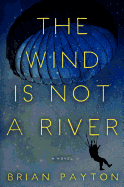 Doig writes about Coast Guard patrols along Washington's Olympic Peninsula, looking out for Japanese balloon bombs; a newly released novel continues the U.S. angle with a story of American defenses in World War II. The protagonist of Brian Payton's The Wind Is Not a River is Canadian--a non-military hero who represents another seldom depicted element of the war. This novel set in Alaska recalls the little-known Japanese invasion of the Aleutian Islands, the only World War II fighting to take place on North American soil.
Doig writes about Coast Guard patrols along Washington's Olympic Peninsula, looking out for Japanese balloon bombs; a newly released novel continues the U.S. angle with a story of American defenses in World War II. The protagonist of Brian Payton's The Wind Is Not a River is Canadian--a non-military hero who represents another seldom depicted element of the war. This novel set in Alaska recalls the little-known Japanese invasion of the Aleutian Islands, the only World War II fighting to take place on North American soil.



 It should be mentioned that, given Fanny's background, her age, and that she was American and had children, she was not an immediate hit with Louis's father, but her charm and personality won him over completely and he was known to say that Louis should not publish anything that Fanny did not approve.
It should be mentioned that, given Fanny's background, her age, and that she was American and had children, she was not an immediate hit with Louis's father, but her charm and personality won him over completely and he was known to say that Louis should not publish anything that Fanny did not approve.